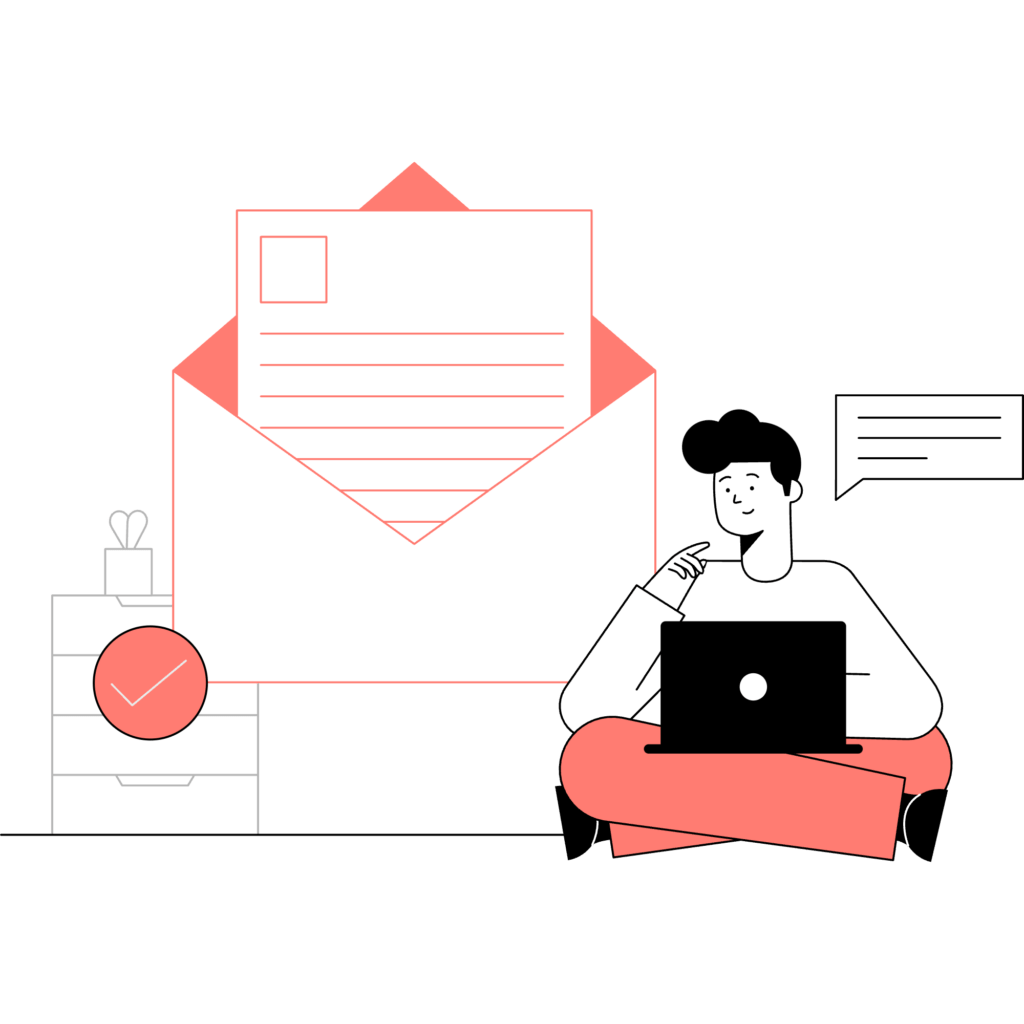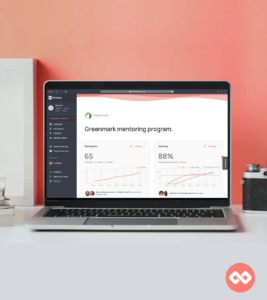
The Mentorloop Blog
All things mentoring, from our Loop to yours
Featured Articles
40 Mentoring Program Benefits You Don't Want To Miss
Learn about the benefits that having a mentoring program brings that you definitely don’t want to miss out on.
Recommended
7 Reasons Mentoring Programs Fail (And How You Can Avoid Them)
Preparation is key in any initiative. And if you already know why some mentoring programs fail, you can take steps to avoid the same pitfalls.
Popular
How to Set Up an Effective Mentoring Program: A Step-By-Step Guide
This article guides you through the essential steps to set up an effective mentoring program.
Recommended

Subscribe to receive mentoring program tools, tips and news:
The World’s #1 Customer-Rated Mentoring Platform










